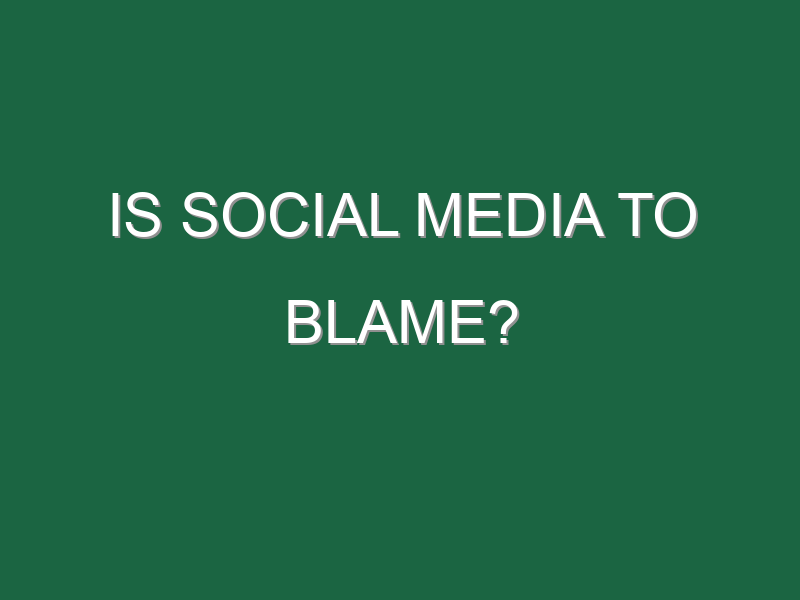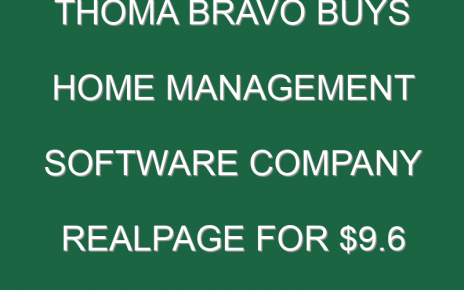Yesterday was a dark day for American history as pro-Trump rioters stormed the U.S. Capitol over what they believed to be a stolen election. And, true to form, social media services struggled with how to handle the President’s comments.
After angry mobsters broke windows, invaded the Capitol buildings, and in some cases brawled with police, Trump took to social media. In a one-minute video that quickly went viral on Twitter, Facebook, and YouTube, he told the rioters to “go home in peace.” But he also repeated a baseless claim that he’s promoted across social media for weeks: The election was “fraudulent.”
“The President is a master at encoding things that spread his core message,” said Jennifer Grygiel, assistant professor who studies social media at Syracuse University. “At its core, this message is yet another incitement” for the “very people that would storm the Capitol.”
Social media services have wrestled with Trump’s tweets since his election in 2016. They claim their policies aim to balance newsworthiness, public interest, and freedom of speech with the potential for real-world harm and the dissemination of misinformation. But even with particularly high stakes on Wednesday, social media companies seemed to flail in their decisions once again.
Twitter labeled the tweet, saying it contained “disputed claims” about the election and notified users that they could not like or retweet it without including their own comments because it could incite violence. Facebook, for a long while, did nothing. But the social network eventually opted to remove the post saying it was an “emergency situation” and that the video contributes to the “risk of ongoing violence.” YouTube did the same after initially allowing the video. Hours later, Twitter also removed the video and in an unprecedented move temporarily suspended Trump’s account, threatening permanent suspension for future violations.
But the video had already been seen and spread by hundreds of thousands of people, leaving many critics to blast the companies for doing way too little way too late. “This has moved well beyond protecting public conversation and public discourse,” Grygiel said. “This is an active coup attempt in the U.S.”
One solution, according to Grygiel, is quite simple: Social media companies should preview all posts by world leaders, publishing them on a delay in order to prevent harmful content from ever appearing. But Grygiel doesn’t expect that to actually happen. “Clearly the platforms are having a hard time stomaching this even during [an attempted] coup,” Grygiel said, referring to the company’s delayed actions.
But photos and anecdotes from inside the chambers show lawmakers holding hands and, in some cases, praying as the chaos ensued. Could they come back with new fervor for regulating social media? We should get a better sense once the new administration takes office later this month.
Danielle Abril
@DanielleDigest
[email protected]





